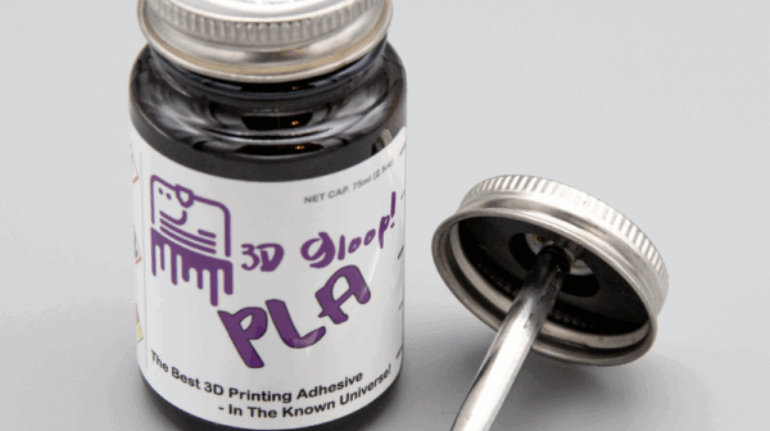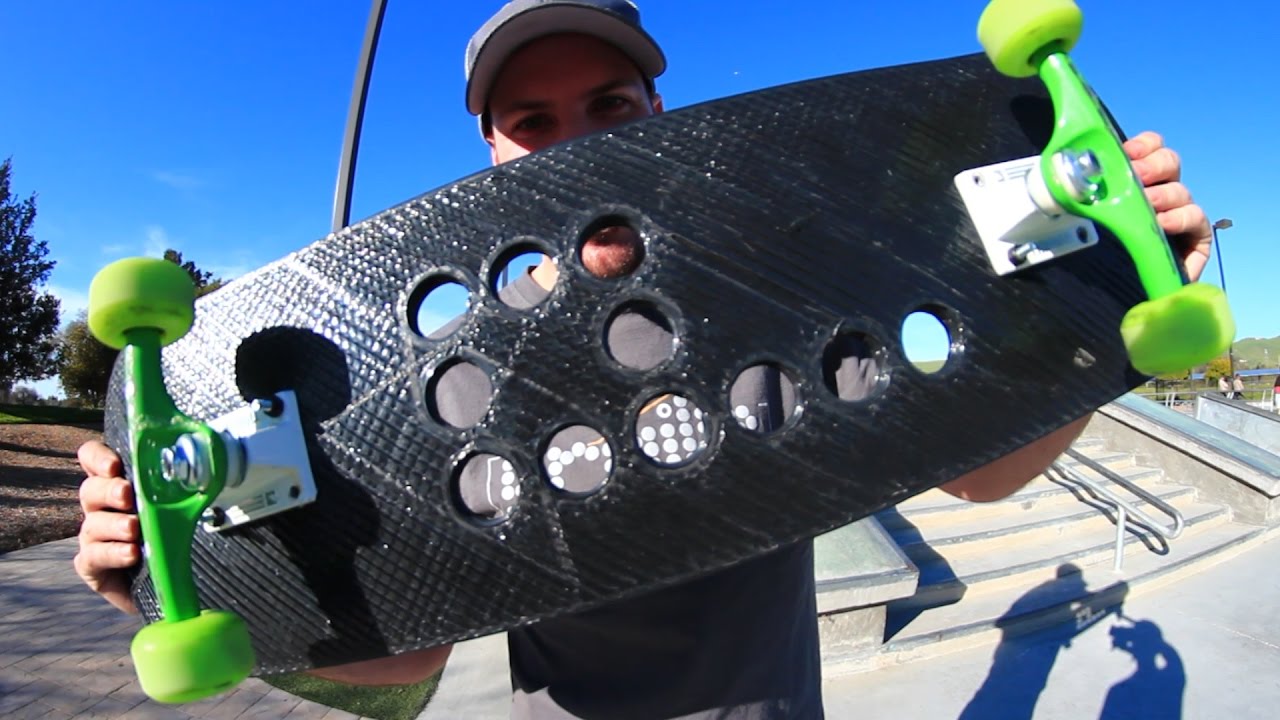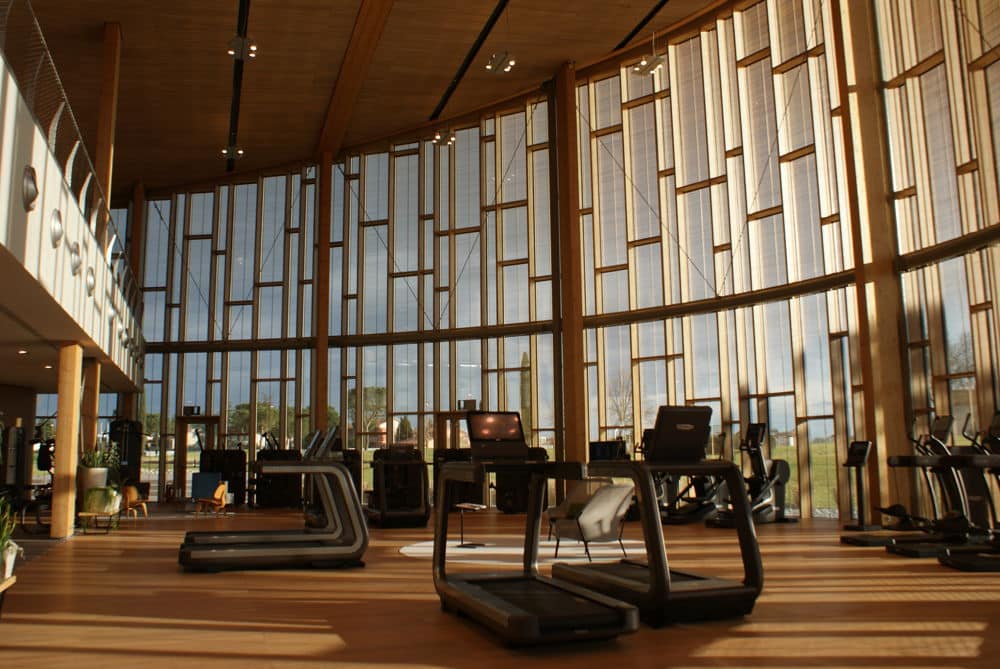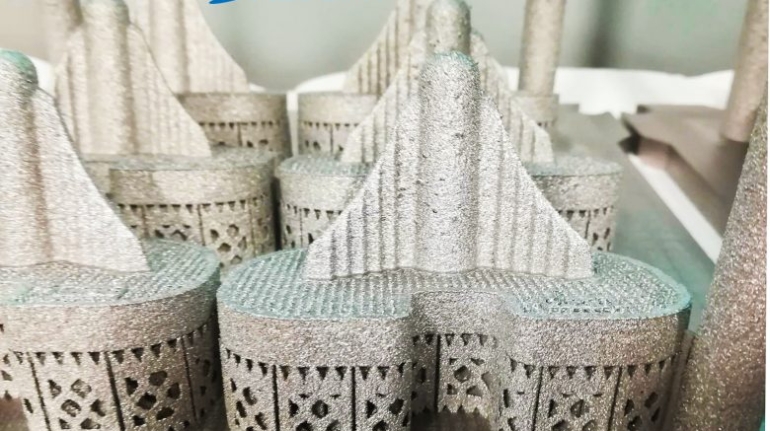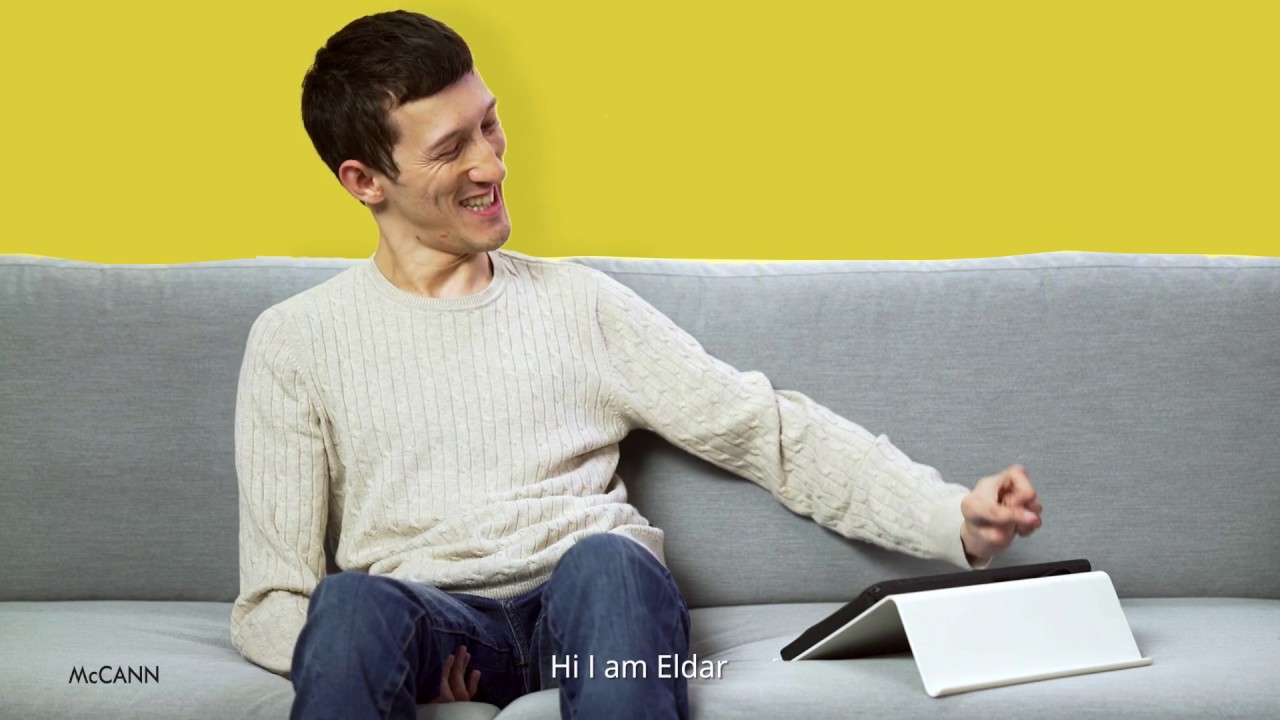Space Perspective reboots vision of flying passengers to stratosphere on a balloon Aerospace
The space entrepreneurs who planned to send passengers ballooning into the stratosphere for astronaut’s-eye views of the Earth below, way back in 2013, have revived the idea for a new venture called Space Perspective. Co-CEOs Taber MacCallum and Jane Poynter unveiled their concept for a balloon-borne capsule called Spaceship Neptune today, and said that uncrewed test flights are due to begin early next year.


